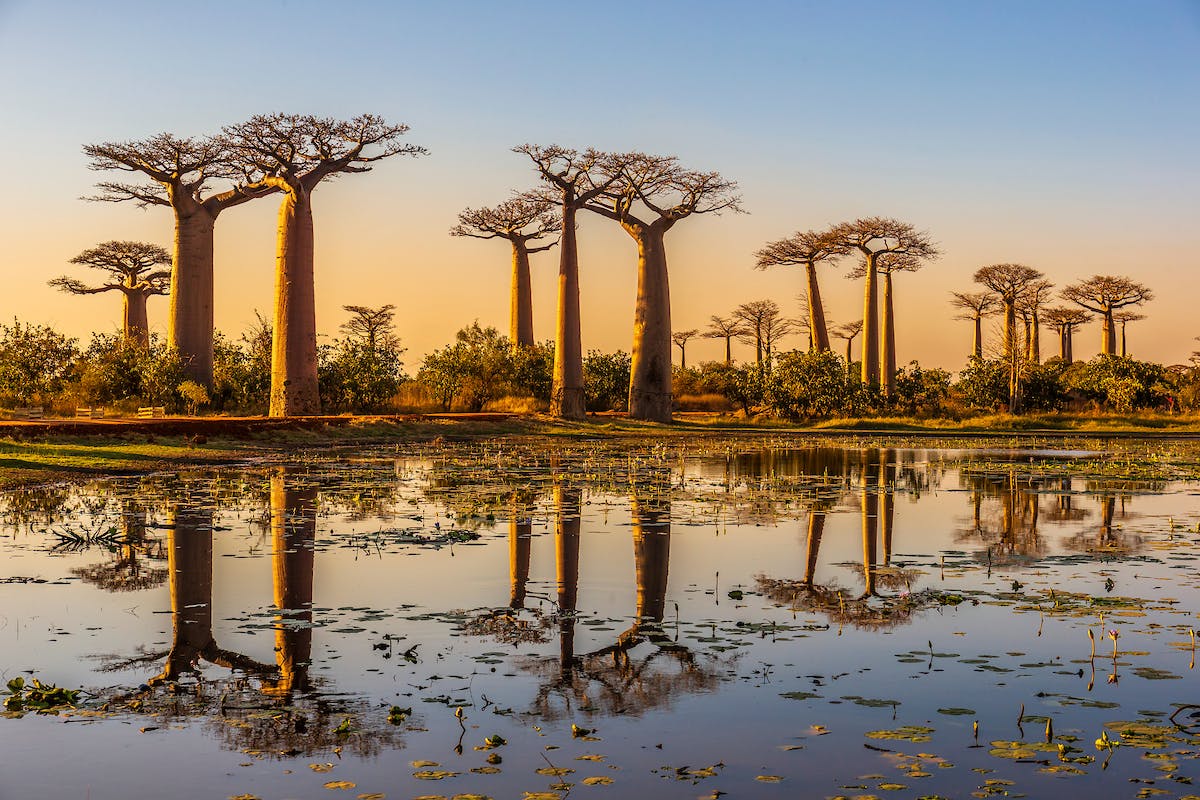Harold Koda’s Tale of Tales: Exploring Komodo Island
Hawaiian fashion scholar, curator and author Harold Koda’s Tale of Tales chapter is part of a series commissioned by Silversea Cruises to chronicle a world cruise through the eyes of some of the world’s best writers, photographers and visual artists. This anthology celebrates all those who were part of this extraordinary adventure — those who traveled further into the world to discover its beauty. Those who were fascinated, amazed and delighted by the stories they encountered — the stories they shared — and the story they created. Koda traveled from Sydney to Benoa — with a stop at Komodo Island — on board Silver Whisper. This is his tale.
Now, Komodo Island may close to visitors for at least a year or two. Poachers have been taking the oras, better known outside Indonesia as Komodo Dragons, for the black market trade in rare, exotic and endangered species.
The route to Komodo from Sydney includes stops at Brisbane, Cairns and Darwin with days at sea highlighting the vastness of Australia. Viewed from our ship — from New South Wales to Queensland to the Northern Territory — the coast is an unscrolling landscape of mountainous terrain dropping down to pristine sand beaches. The great mystery is the persistence of this astonishingly uninhabited shoreline. Where are the Aman Resorts and Four Seasons to set their sybaritic luxury against the spectacular isolation and topographic drama of this picturesque landscape? Or, for that matter, where is the Disney Corporation?
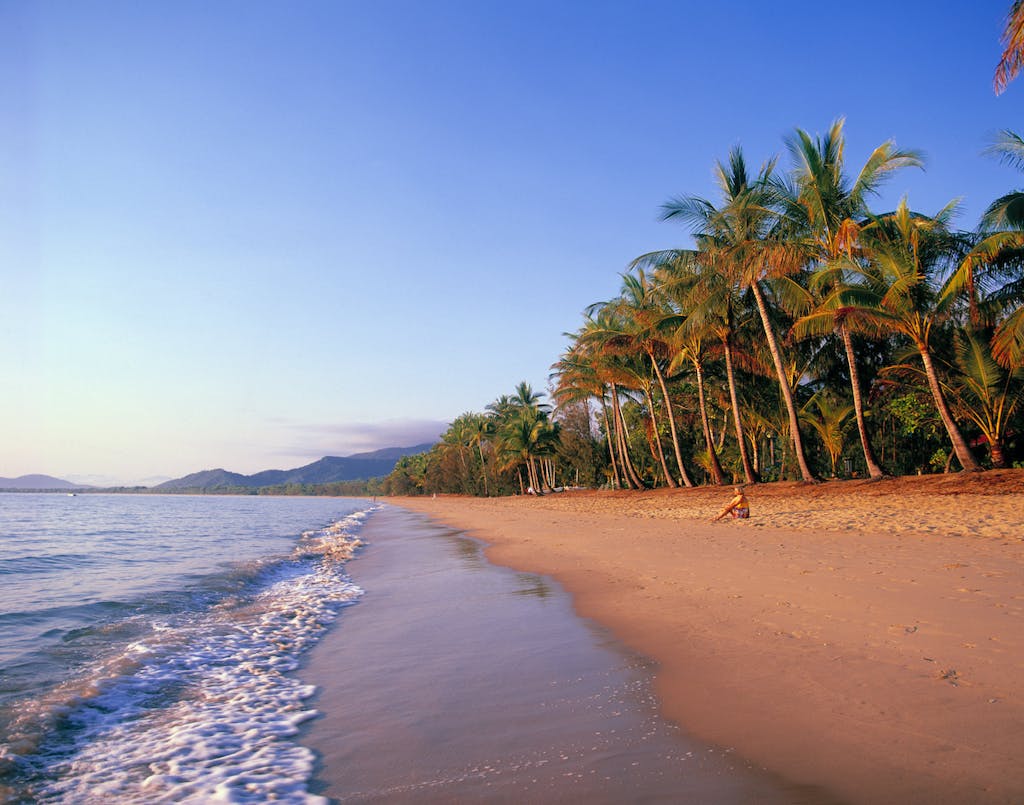
Maybe it is the sharks? Australia’s waters are the habitat of the most diverse population of sharks in the world. An aquarium in Cairns surprised me with its tanks teeming with poisonous sea life: toxic rock fish and puffers, venomous sea snakes, barely visible stinging jellyfish and their larger, more potent cousins. Other species that simply bite — like moray eels or the small sampling of the 180 shark types in the region — were given dedicated tanks. Though they are also estuarine, there were none of the “jumping” crocodiles on exhibit. You realize, of course, that this is just what is in the water! Go to Wikipedia for the dangerous terrestrial fauna.
Understanding Australia’s complicated history
At Sydney’s Contemporary Art Museum, an artist’s video critiques the current Australian policy of sequestering illegal migrants on an island of seaside beauty and tropical verdure, an Edenic Alcatraz that masks with its environmental splendor its utility as a site of displacement and detention. Two men, dark against the brilliant light of a cloudless blue sky and incandescent water, enact a ritual of baptism and submersion, an invitation to salvation that appears to turn into a slowly enacted drowning. Where is this lush mangrove-ringed island? How far is it from the mainland? With the country’s endless coastline and unpopulated interior is a more humane temporary detention possible? Doesn’t Australia’s history reside in part on the idea of penal isolation mediated by colonization and development? But the seductions of Sydney outside the darkened gallery obliterate such questions and concerns. The city is so alive with its liberating sense of youthful vigor that I yield these weightier, complicated matters to a more comfortable hedonism of material consumption.
I need Bermuda shorts, which for some reason I neglected to pack. Surprising because I seem to have stuffed my giant Tumi with everything else shy of tweeds and sweaters.
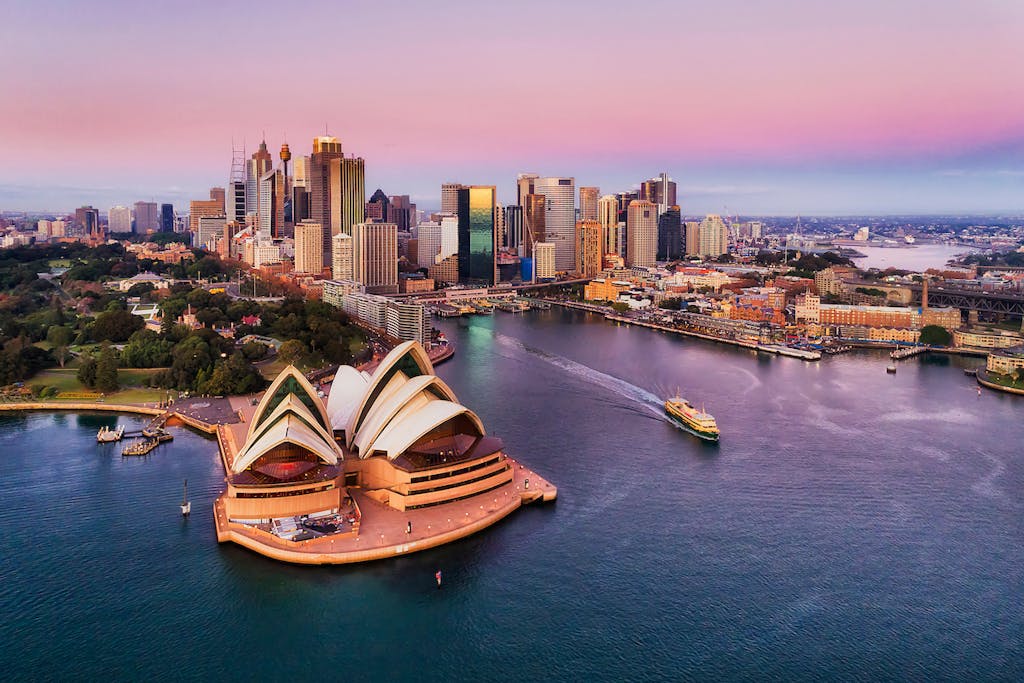
Exploring Komodo Island
Two weeks later, in a contemplative mode, I watch flying fish from my cabin’s veranda scatter like shards of silver across the ship’s wake. Again the persistent thoughts of the video’s dark implications rise up only to succumb to the hypnotic serenity of the days at sea, all shimmering turquoise water and lambent beauty.
We pass a number of islands at sunrise, a cinematic-scaled, geological prelude to the craggy Komodo Island. The sharp volcanic mountains with steeply eroded valleys and the occasional line of palm trees in a single file along a ridgeline seem more like a movie set than a topographic reality. My anticipation is heightened by a memo from the day before. Typically, these describe the various levels of accessibility and physical challenge associated with the different land excursion options. But this time there is an addendum noting that women who are menstruating and people with open cuts should not participate. One passenger who had been to the island before is dismissive: “Really!? The guides just have these little sticks, this is just to create excitement.” Still, the reptiles are said to have such a keen sense of smell that they can pick up the scent of blood from three kilometers and the odor of carrion from three times that distance.
As with any of the group tours, however, safety and photo opportunities seem to predicate our shore experience. At the orientation camp, a single large, rather lethargic lizard — perhaps he had just been fed —sits in an open patch of dust for the group to photograph. Guides are armed with long sticks featuring a bifurcated end, like a pitchfork with only two tines. Over the course of our hike we would see the utility of the y-shaped form, as it allowed for directing the lizards without harming them.
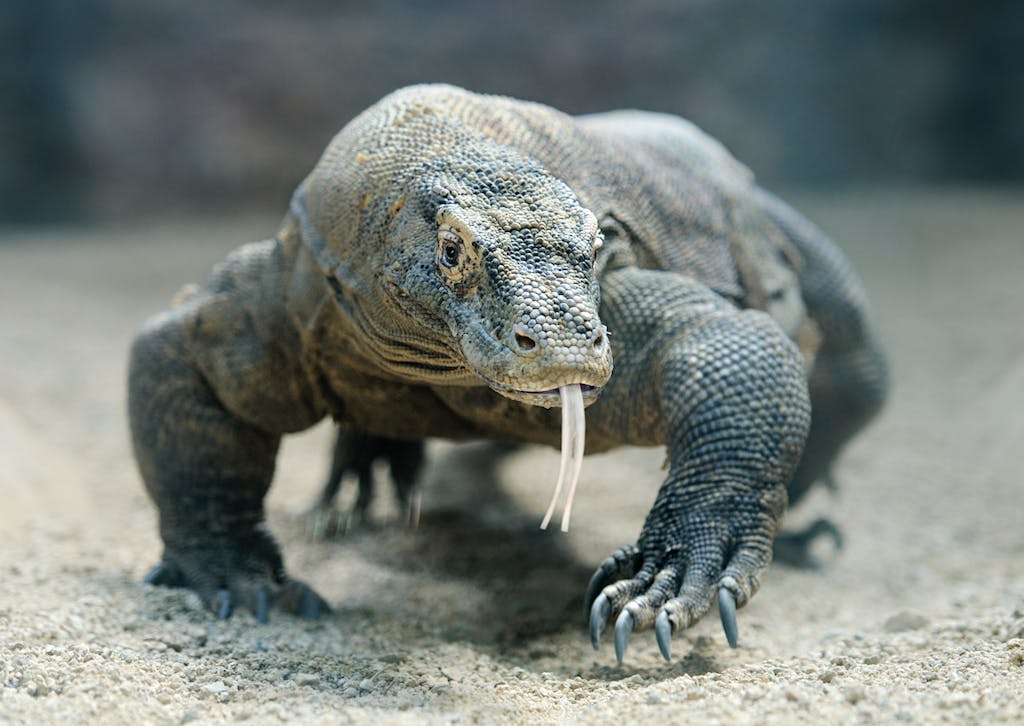
Meeting our fellow travelers
The optics of cellphones result in images that render the dragons proportionally larger, since the lead guide takes the photos of us all posed behind the animal rather than in front. Essentially, this is a concession to visitor safety that results in a distortion of the lizard’s scale, and therefore better pictures to bring home. The group tours from the ship are staggered over several hours, and our group had calculated that the earliest would benefit from the more forgiving morning sun and heat. It happens that some women I had dubbed “the Trinity,” who are traveling together and easily a decade or two younger than our shipboard median, are on the tender. Two worked in finance, though one had recently retired, and one had been in magazine publishing.
There is also a mysterious pair of ladies from New Orleans, whose glamorous appearance is studied by everyone on board. Dressed similarly with large-brimmed hats on deck, liquid full-cut trousers, pastel-tinted monochromatics that might be described as face-powder neutrals, dramatic evening wear, and who-would-think-to-pack black lace masks for a Venetian-themed occasion, they are said to be sisters. This is perplexing, because one is much taller than the other, and without their dark glasses, neither really looks like the other at all. They are rumored to have taken a separate cabin for their 21 pieces of luggage and are the sartorial equivalent to another passenger who brought hundreds of bottles from his own wine cellar for the five-month cruise. I move on the hike between the Trinity and the Great Dames, the former forging athletically ahead, the latter negotiating the uneven path with a delicate and measured stateliness.
Getting acquainted with the dragons
The first dragon sighting in the wild is a female peering out of her nest positioned at some distance from our path. She is a bit too distant for people only shooting with their phones to secure an Instagrammable image. Soon, however, there is a clearing. It is a watering hole, more puddle than pond, with six or seven dragons scattered about rather still. Out of nowhere, two other groups of visitors converge with ours from other paths and we are now at least 30 strong. The guides with their sticks make sure that a comfortable perimeter is maintained.
One group seems to be composed of honeymooners from Asia. The men are avid photographers, and since it is also the era of selfies, a number of single women peppered through their group are taking cellphone photos of themselves with their backs to the Komodos. I imagine the final images of their foregrounded faces looming and smiling with the gray lizards in the background severely reduced in scale to the size of geckos.
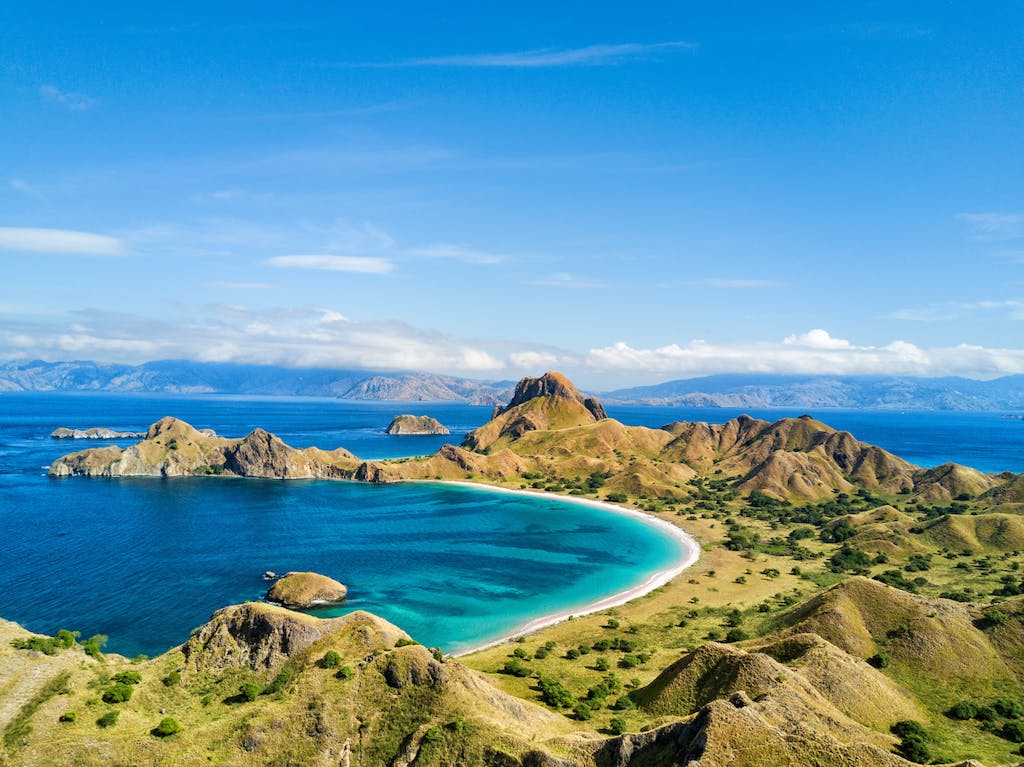
It happens so quickly, and is managed so deftly, that I cannot remember if any of the guides raise their voices. All I recall is looking to my right to see two of them parry their sticks to prevent a lizard behind the honeymooners from moving forward. Most of the people near the potential breech seem unaware of what is happening behind them, continuing their focus on the main group of lizards. A few do move away, giving space to the guides engaged with the rogue dragon. I notice the Grand Dames beyond in the distance, oblivious to the activity, moving on with another guide down the path.
As the two guides attempt to shift the intruding lizard from moving into the crowd, the largest Komodo spots the outsider, raises its head and heaves up on its legs with a strong, open-throated hiss. Almost immediately, three other guides push the crowd back. Only at that moment does a young woman with her metallic pink camera step away from her position between the lizard intent on getting to the watering hole and the alpha lizard defending the space. Even as the woman in pink, her phone an apparent coordination, moves toward her friends, it is clear from her nonchalance that she is still oblivious to the surrounding tension. The guides who have through most of our hike conveyed an almost obsequious affability suddenly display a concentrated seriousness, their bodies now taut and defensive. What amazes me is the inattentiveness of the group near the breach. Even with the potential for collateral injury (the lizards seem more interested in confronting each other than in attacking any of the succulent newlyweds) there is a lack of concern, and certainly no sense of alarm.
Appreciating the adventure
Later at lunch, Ann, one of the Trinity, says about our hike, “Doesn’t ‘almost’ count? Suddenly, one of the monsters moved, and the crowd in a panic shuffled aside. Except for a traveler who had to get the photo for Facebook.” I laughed at the image of shuffling aside in a panic, as if shuffling is the midpoint between racing away and freezing in place. But the only reason that the group had shuffled aside was they were not panicked at all.
My phone pictures of the day are absent any sense of danger or dread. The lizards are, after some judicious cropping, strange and heroic, but they are neither threatening nor frightening. The metaphors deployed by the art video to confront the fraught realities of the Australian immigration system makes legible conditions outside the viewer’s experience.
On the other hand, our walk through nature, no matter how controlled and choreographed, is a lived experience filled with “almosts” that are impossible to document. A photo of what happened behind the woman in pink might surprise her, but even the tense alarm on the faces of the guides, or their masterful movements diffusing a you-cannot-believe-what-just happened moment, would not convey the excitement of the “almost.” In travel, if not always in life, almost counts.
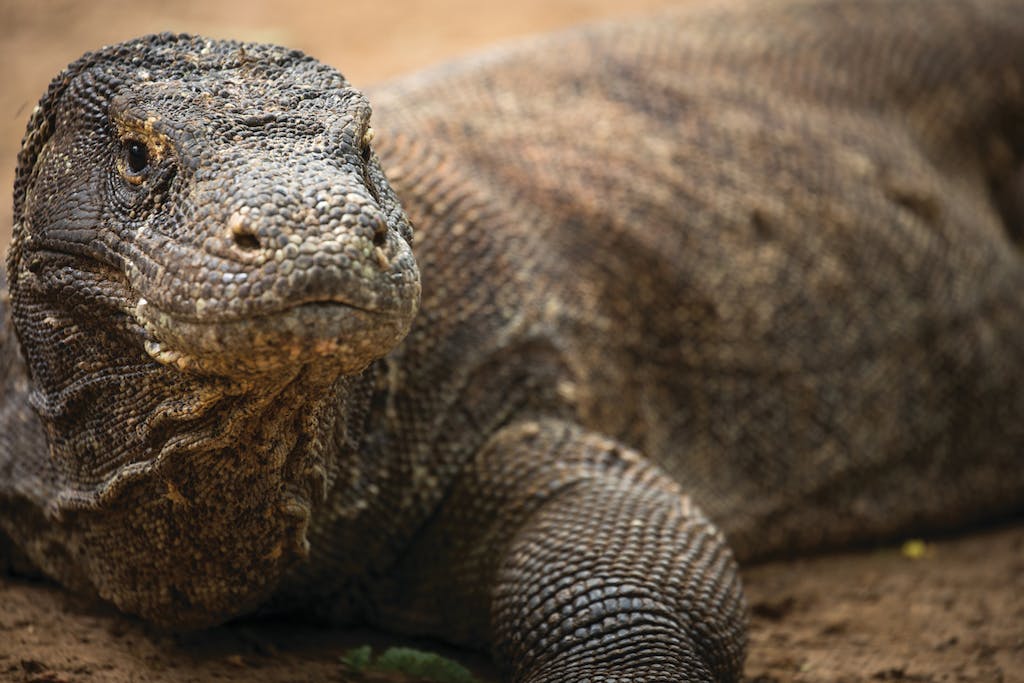
Want to experience wonders like Komodo Island on an epic cruise? Start exploring Silversea’s world cruise options and get ready for your own adventure.





